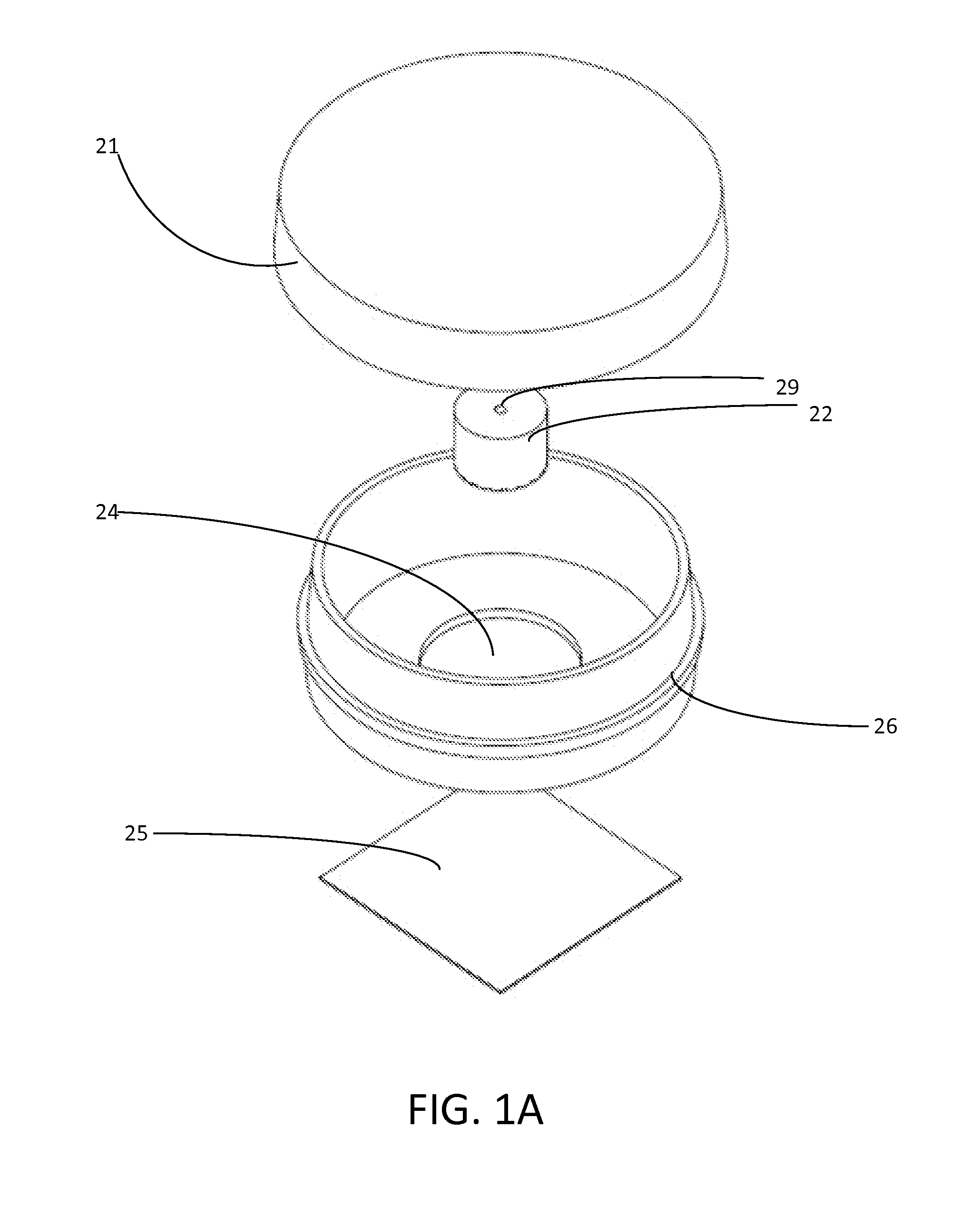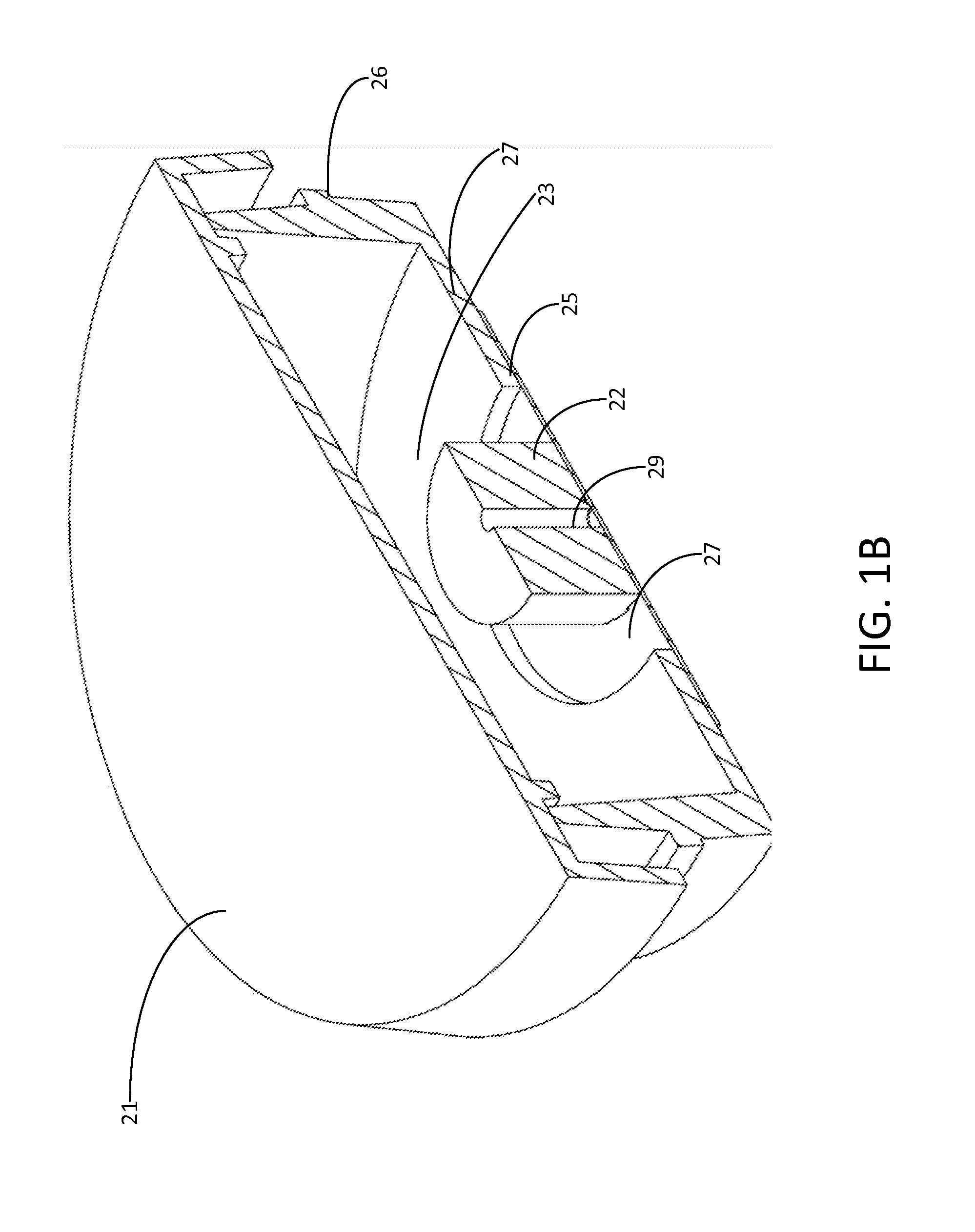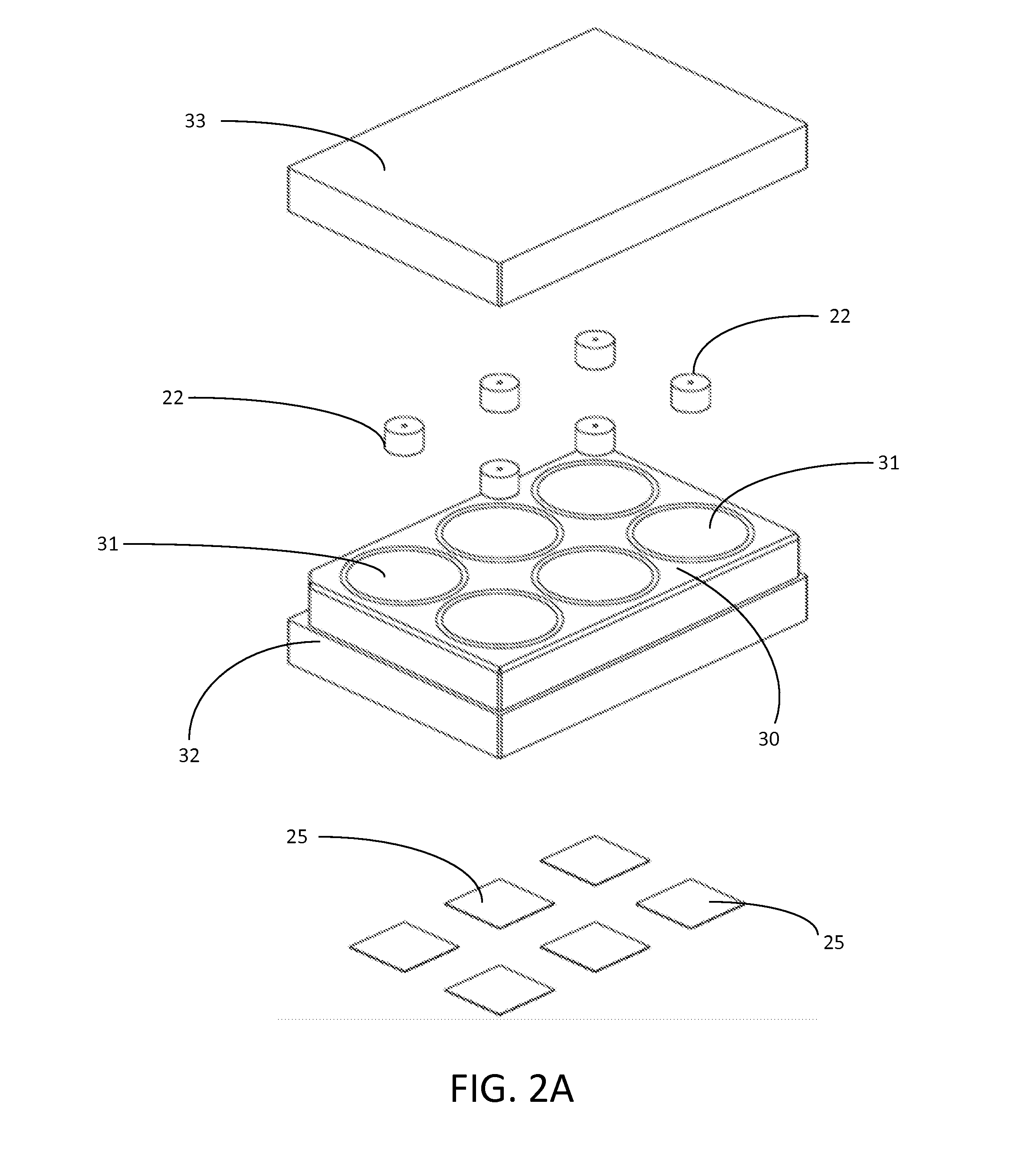Optofluidic microdevice for in-vitro laser surgery and transfection involving cells and microorganisms
a micro-device and in-vitro laser technology, applied in the field of optofluidic injection by transfection, can solve the problems of inability to transfect biological entities that do not stick to culture surfaces via laser-mediated biodelivery (optoinjection) with limited interference, and the laser optoinjection technique suffers from extremely low throughpu
- Summary
- Abstract
- Description
- Claims
- Application Information
AI Technical Summary
Problems solved by technology
Method used
Image
Examples
Embodiment Construction
[0021]A device for use in optical transfection is further described herein, and includes an optofluidic microdevice 22 and a piece of optical glass 25. The optofluidic microdevice 22 includes a microchannel network 60 and a central vertical outlet 29. Preferably, the optofluidic microdevice 22 is constructed from polydimethysiloxane (PDMS), a clear soft silicone elastomer, or any other translucent (to visible light) biocompatible material capable of forming a leak proof seal with optical glass. The microchannel network 60 includes an array of entrapping channels 62. In the preferred embodiment, the entrapping channels 62 have a rectangular cross-section with narrowings 63 that have a height and width on the order of 1 / 10 to slightly less than the diameter of the cells to be trapped Inner support pillars 61 ensure that the center of the microchannel network 60, engaging the central outlet hole 29, does not collapse and stick to the optical glass 25 resulting from the low aspect ratio...
PUM
| Property | Measurement | Unit |
|---|---|---|
| focal length | aaaaa | aaaaa |
| focal length | aaaaa | aaaaa |
| aspect ratio | aaaaa | aaaaa |
Abstract
Description
Claims
Application Information
 Login to view more
Login to view more - R&D Engineer
- R&D Manager
- IP Professional
- Industry Leading Data Capabilities
- Powerful AI technology
- Patent DNA Extraction
Browse by: Latest US Patents, China's latest patents, Technical Efficacy Thesaurus, Application Domain, Technology Topic.
© 2024 PatSnap. All rights reserved.Legal|Privacy policy|Modern Slavery Act Transparency Statement|Sitemap



